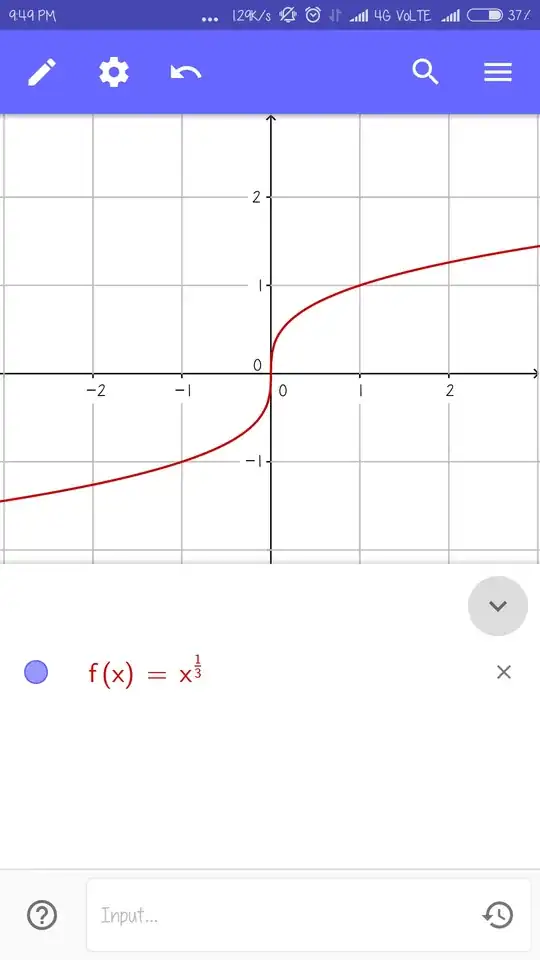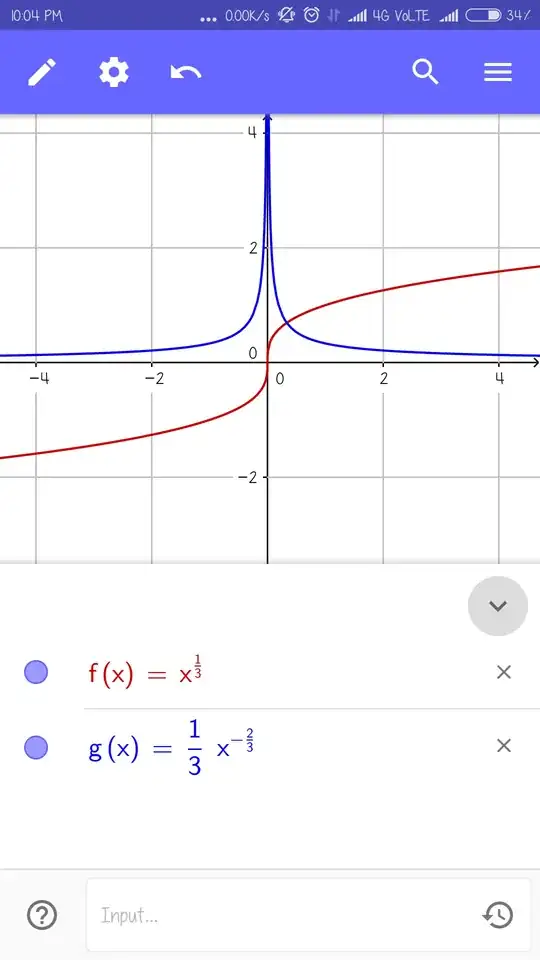It occurred to me that functions that are "smooth" but have "infinite slope" may not be considered differentiable at the points where their slope is infinite. An easy example of this is $x^{1/3}$, which is "smooth" in a visual sense (i.e. there are no jumps in the slope, as in a function like $$ f(x) = \begin{cases} x & x\ge 0 \\ 2x & x< 0 \end{cases} $$ which is continuous at the origin but has different slopes as we approach $0$ in different directions), however at the origin the derivative approaches infinity.
So there's a discrepancy, between the intuitive sense of "differentiable" and the mathematically rigorous definition. Intuitively I would like to say yes, $x^{1/3}$ is differentiable at $0$, but mathematically I would be forced to say no because by definition the limit of the newton quotient of this function approaches $\infty$, and so does not exist.
Another example is the function $(xy)^{1/3}$ on $\mathbb{R}^2$. Is this function differentiable on the $x$ and $y$ axes? (with $(x,y)\neq(0,0)$, where it is actually not differentiable) Is there a notion of differentiability that reconciles this discrepancy?
 Their graphs of derivative appear like this,
Their graphs of derivative appear like this, This gives us a discontinuous function,
This gives us a discontinuous function,